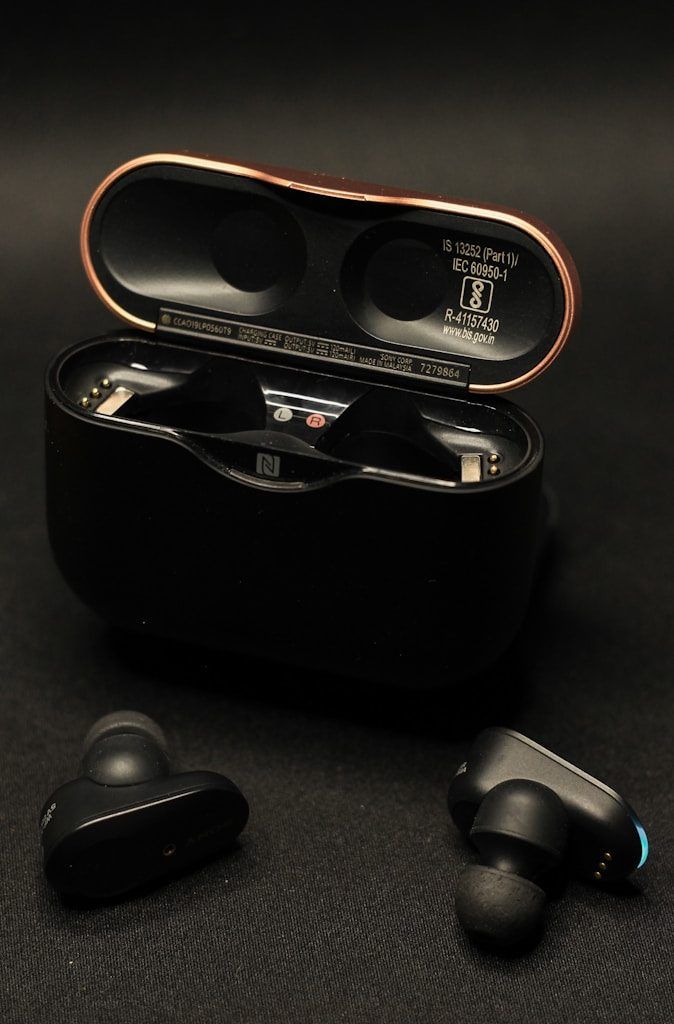YouTube Music has emerged as a fantastic platform for independent artists to showcase their talent, connect with fans, and generate income. If you’re an artist looking to get your music out into the world and make money, submitting your track to YouTube Music is a must. This guide will walk you through everything you need to know, from the submission process to earning revenue and promoting your music effectively.
Why YouTube Music Matters for Independent Artists
YouTube Music isn’t just another streaming platform; it’s a hub for discovering new music and connecting with a global audience. With millions of users, it provides a golden opportunity for independent artists to gain exposure. Additionally, YouTube’s monetization features allow you to turn your creativity into a steady income source.
Step 1: Create High-Quality Music
Before you submit your track on YouTube Music, ensure that your music is top-notch. High-quality audio production makes a huge difference in how your audience perceives your work. Work with professional producers and sound engineers if possible, and make sure your tracks are mixed and mastered properly. Remember, first impressions matter.
Step 2: Choose the Right Distributor
To get your music on YouTube Music, you’ll need a reliable music distributor. Distributors handle the technical and legal aspects of uploading your tracks to various platforms, including YouTube Music. Some of the top distributors include:
- Deliver My Tune: A great option for independent artists, offering affordable pricing and excellent customer support.
- CD Baby
- TuneCore
- DistroKid
Research these distributors to find the one that best suits your needs. Each platform has its own features, pricing, and payout structure, so choose wisely.
Step 3: Submit Your Track to YouTube Music
Once you’ve chosen a distributor, the next step is to upload your music. Here’s a general process for submission:
- Sign up with your chosen distributor: Create an account and fill in the required details.
- Upload your track: Submit your audio file in the required format (usually WAV or MP3).
- Add metadata: Include details like the song title, artist name, album name, and release date.
- Select YouTube Music as a platform: Ensure that YouTube Music is among the selected platforms for distribution.
- Submit your track: Complete the process by reviewing and confirming your submission.
Most distributors will notify you once your track goes live on YouTube Music. This process typically takes a few days to a couple of weeks.
Step 4: Monetize Your Music
One of the most exciting aspects of YouTube Music is the ability to earn money from your tracks. Here are the key ways to monetize your music:
- Stream Revenue: You earn a share of the revenue every time someone streams your track on YouTube Music.
- YouTube Partner Program (YPP): If you have a YouTube channel, you can join YPP to earn ad revenue from your videos.
- Content ID: Distributors like Deliver My Tune help you monetize your music by claiming royalties when your tracks are used in user-generated content on YouTube.
Step 5: Promote Your Music
Uploading your track is just the beginning. To maximize your earnings, you need to promote your music effectively. Here are some tips:
- Leverage Social Media: Share your track on platforms like Instagram, Twitter, and TikTok to reach a wider audience.
- Collaborate with Influencers: Partner with influencers who can feature your music in their content.
- Engage with Fans: Respond to comments and messages to build a loyal fanbase.
- Create a Music Video: A captivating music video can drive more traffic to your YouTube channel and increase streams on YouTube Music.
The Role of Metadata in Discoverability
Metadata is the backbone of your music’s discoverability on YouTube Music. Use relevant keywords in your track’s title, description, and tags to make it easier for listeners to find your music. For instance, if your track is a chill lo-fi beat, include keywords like “lo-fi,” “chill beats,” and “relaxing music” in the metadata.
The Benefits of Using Deliver My Tune
Among the various distributors available, Deliver My Tune stands out for its artist-friendly features. It’s affordable, easy to use, and offers excellent support for independent artists. Moreover, it ensures that your music gets uploaded to YouTube Music and other major platforms seamlessly.
Understanding YouTube’s Monetization Policies
YouTube has specific policies regarding monetization, so make sure your music complies with these rules. Avoid using copyrighted samples or beats unless you have the proper licenses. This ensures that you’ll receive all the revenue generated by your music.
Maximizing Your Revenue
To earn more money, focus on increasing your track’s streams and engagement. Here are some strategies:
- Release Consistently: Regularly releasing new music keeps your audience engaged.
- Build Playlists: Create and share playlists featuring your tracks and similar music.
- Collaborate with Other Artists: Cross-promotions can help you reach new listeners.
Track Your Earnings and Performance
Most distributors, including Deliver My Tune, provide analytics to track your music’s performance. Use these insights to understand what works and refine your strategy accordingly.
Final Thoughts
Submitting your track on YouTube Music and earning money is a rewarding journey for independent artists. With the right distributor, a solid promotion strategy, and high-quality music, you can turn your passion into a sustainable career. Remember, platforms like Deliver My Tune are there to simplify the process and support your growth. Start today and watch your music reach new heights!
Related Articles:
For further reading, explore these related articles:
- How to Submit Your Track on YouTube Music Without a Distributor
- How to Submit Your Track on YouTube Music: Step-by-Step Guide
For additional resources on music marketing and distribution, visit DMT RECORDS PRIVATE LIMITED.






